Search results for 'de 18'
-
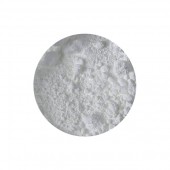
Zinc White Pigment
Starting at: £4.00
-
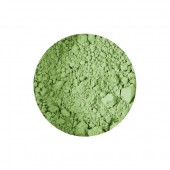
Terre Verte Pigment
Starting at: £4.00
-
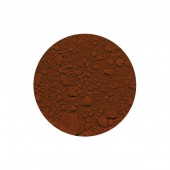
Red Ochre Pigment
Starting at: £4.00
-
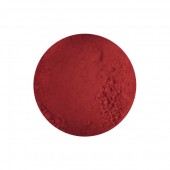
Alizarin Crimson Pigment
Starting at: £4.50
-

Potters Pink Pigment
Starting at: £22.00
-

Quinacridone Red Pigment
Starting at: £5.50
-

Venetian Red Pigment
Starting at: £4.60
-

Cadmium Vermilion Pigment
Starting at: £7.50
-
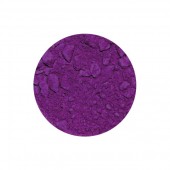
Cobalt Violet Dark Pigment
Starting at: £14.00
-
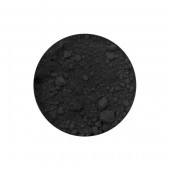
Mars Black Pigment
Starting at: £5.70
-
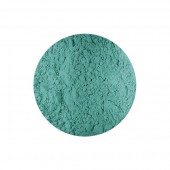
Verdigris Pigment
Starting at: £4.90
-
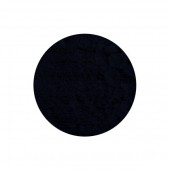
Vine Black Pigment
Starting at: £4.70
-
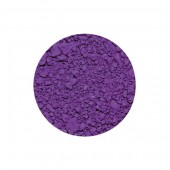
Ultramarine Violet Pigment
Starting at: £6.20
-
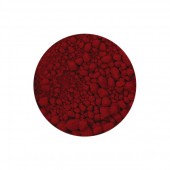
Carmine Red Genuine Pigment
Starting at: £10.00
-
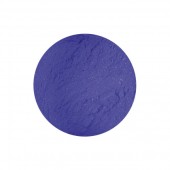
Smalt Dark Pigment
Starting at: £5.30
-
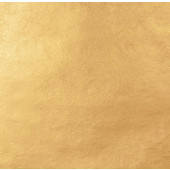
Cornelissen 85 Antique Gold Leaf 23 3/4
Starting at: £78.50
-

Yellow Ochre Pigment
Starting at: £4.00
-
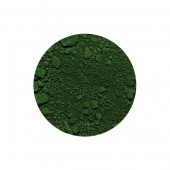
Phthalo Green Pigment
Starting at: £8.10
-
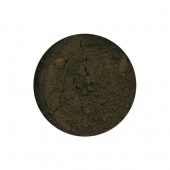
Raw Umber Greenish Pigment
Starting at: £4.80
-
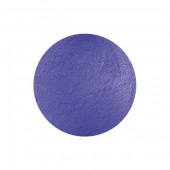
Egyptian Blue Pigment
Starting at: £5.90
-
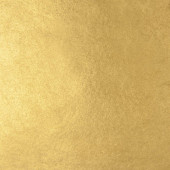
Cornelissen 85 Standard Gold Leaf 22 ct
Starting at: £69.80
-
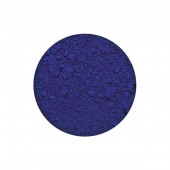
Oriental Blue Pigment
Starting at: £5.40
-
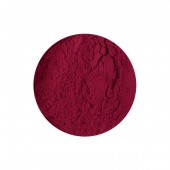
Quinacridone Magenta Pigment
Starting at: £5.50
-
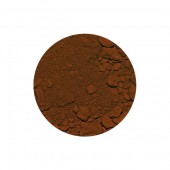
Mars Red Pigment
Starting at: £4.50
-
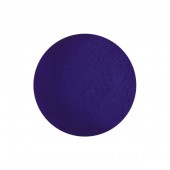
Prussian Blue Pigment
Starting at: £5.20
-
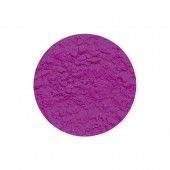
Cobalt Violet Light Pigment
Starting at: £10.00
-
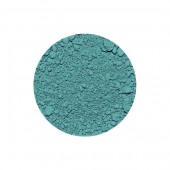
Cobalt Turquoise Pigment
Starting at: £15.00
-
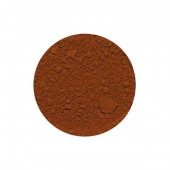
Pozzuoli Red Pigment
Starting at: £5.20
-
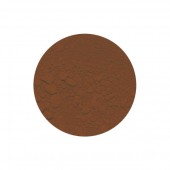
Cadmium Brown Pigment
Starting at: £10.00
-
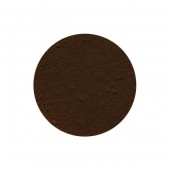
Indian Red Pigment
Starting at: £4.60





